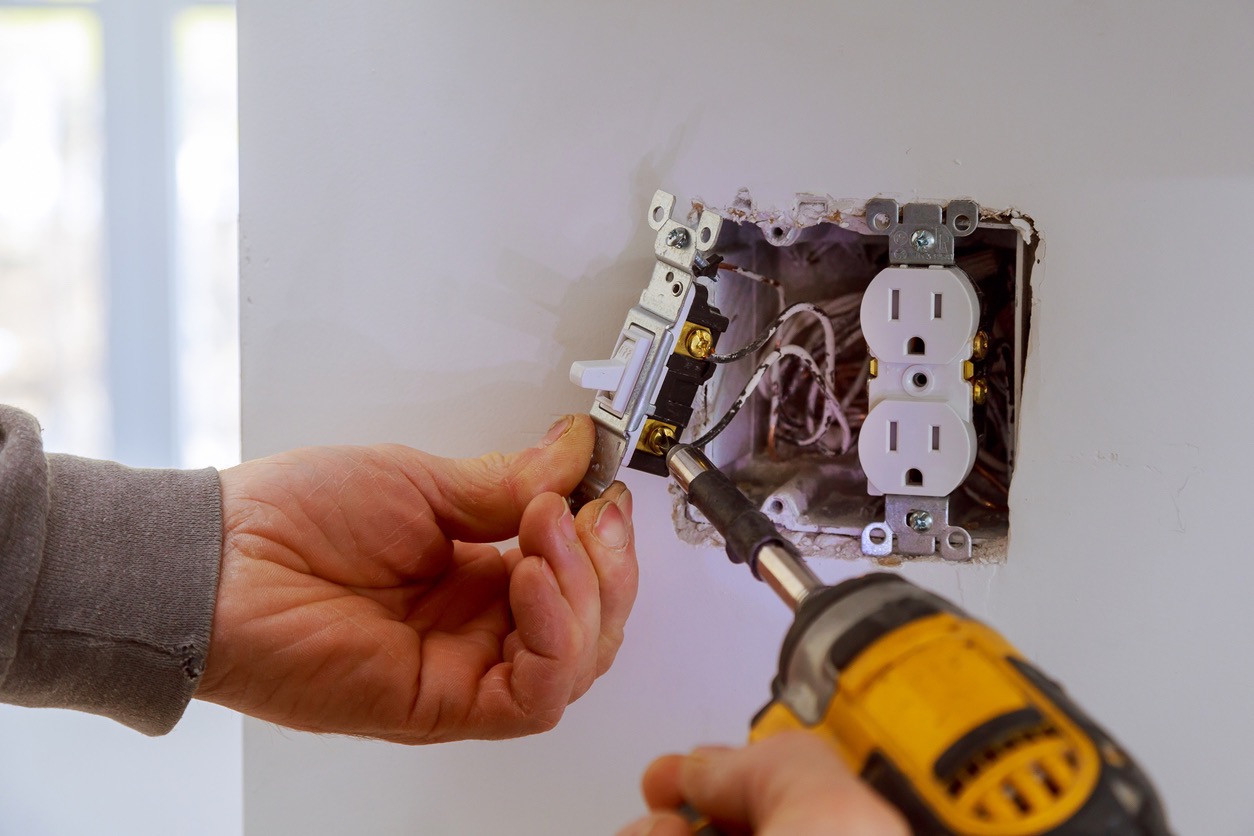Are your lights flickering? Are outlets buzzing or giving off a faint burning smell? These could be warning signs of a circuit overload, a common yet potentially dangerous issue in many homes. For all of your electrical needs contact Vetter’s Electric located in Forest Lake Minnesota.
What Is a Circuit Overload?
A circuit overload occurs when more electricity is drawn from a circuit than it’s designed to handle. This often happens during extreme weather—think space heaters running on a frigid Minnesota night or air conditioners blasting on a sweltering summer day.
Each circuit in your home has a specific capacity, and when that’s exceeded, the wiring can overheat, leading to tripped breakers, damaged outlets, or even fires.
Common Causes of Circuit Overload
Here are a few scenarios that can lead to overloads:
-
Too many high-wattage devices plugged into a single circuit
-
Using a 1500-watt heater on a 15-amp circuit
-
Plugging a microwave into an outlet intended for a range hood
-
Running multiple hair dryers, curling irons, or space heaters simultaneously
-
Operating window air conditioning units on undersized circuits
-
Faulty breakers or outdated fuse systems
-
Deteriorating insulation on wiring
-
Older homes with limited circuit capacity
Is It Dangerous?
Yes—overloads are more than an inconvenience. According to the National Fire Protection Association, electrical failures cause nearly 50,000 house fires annually in the U.S. These incidents often result in costly damage, serious injuries, and even fatalities.
Warning Signs of an Overloaded Circuit
Be alert for these common indicators:
-
Flickering or dimming lights
-
Frequent tripping of circuit breakers
-
Warm or discolored wall plates and power cords
-
Buzzing, sizzling, or crackling sounds near outlets
-
A burning odor near switches or receptacles
-
Tingling sensation when touching appliances or outlets
If you notice any of these signs, turn off power to the affected circuit immediately. Use caution when handling any part of your electrical system.
How to Prevent Circuit Overloads
The best fix is prevention. Follow these tips to avoid overloading your circuits:
-
Plug large appliances directly into wall outlets—never use extension cords or multi-outlet adapters
-
Limit one heat-producing appliance per outlet (e.g., space heaters, toasters)
-
Unplug appliances when not in use, especially in crowded kitchen or bathroom outlets
-
Have an electrician add more circuits or outlets if your home’s electrical demand has increased
-
Inspect appliance cords regularly to ensure insulation is intact and wires aren’t exposed
Need Help With an Overloaded Circuit?
If you’re dealing with overloaded circuits or suspect a more serious electrical issue, don’t wait—contact the trusted professionals at Vetter’s Electric. Our team is available 24/7 to provide safe, reliable electrical services when you need them most.
✅ Licensed & experienced technicians
✅ Fast response times
✅ Emergency electrical repairs
✅ Serving homes across the Twin Cities area



